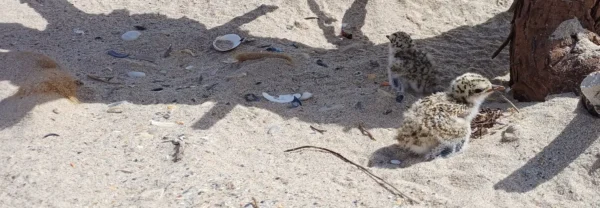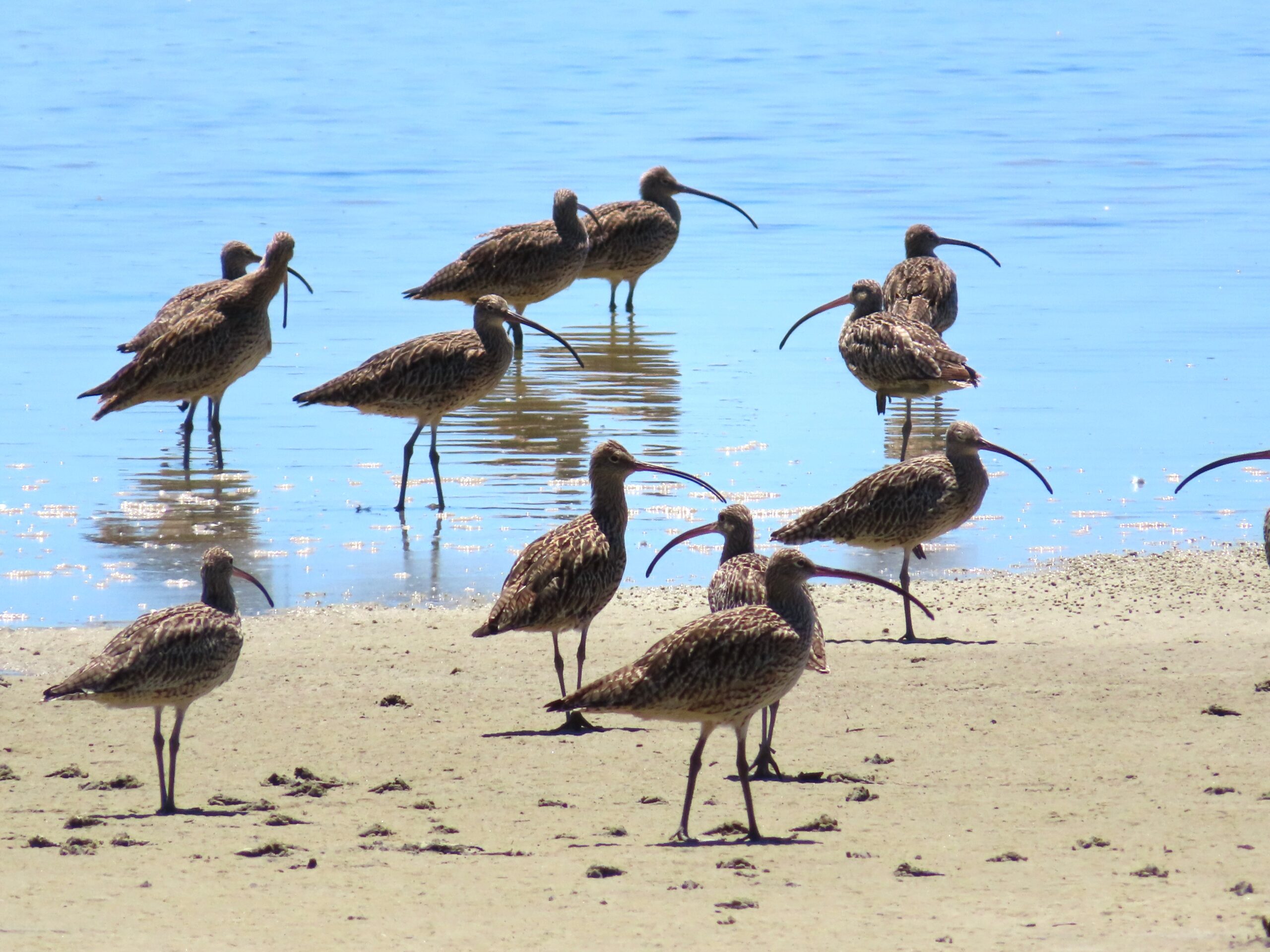Shorebirds from Siberia, Alaska and China are poised to start calling Moreton Bay home in the next few weeks on their annual migration.
And Moreton Bay City Council wants residents to leave them alone and leash their dogs while near their sites.
Council is expecting up to 40,000 birds across 30 species to flock to Pumicestone Passage. Their roosting sites across the Bay include Kakadu Beach (within Banksia Beach), Toorbul’s Ned Bishop Park and from Godwin Beach to Woody Point.
Moreton Bay Mayor Peter Flannery says the birds all need breathing space.
“While our feathered friends spend this time to rest and recover after a long journey across the ocean, it’s important we remember to avoid disturbing them,” he says.
“Be sure to give shorebird roosts a wide berth as disturbances can cause them to lose energy and prevent them from gaining the weight needed for migration.
“Residents should avoid areas where shorebirds feed or roost and dogs should be kept on a leash unless they are in a designated off leash area.”
LONG-DISTANCE ARRIVALS
The Curlew sandpiper flies 13,000km from Siberia for summer and is identifiable by a distinctive black down-curved bill while another Siberian tourist, the Grey-tailed tattler, will also set up shop.
Other visiting birds species include the Bar-tailed godwit, who fly almost 14,000 km non-stop from Alaska to Australia and New Zealand (a world record, Birdlife Australia says) and the Eastern curlew (the world’s largest shorebird) that drops in from northern China.
The visitors will share the sand with some 1500 local shorebirds like the Pied oystercatcher and Beach stone-curlew along Pumicestone Passage to rest and recuperate before leaving again next April.
WATCHFUL EYE OUT
A council team will conduct monthly surveys of roost sites to monitor numbers and will work closely with the Queensland Wader Study Group to learn more about the different species.
Council also manages two hightide shorebird roosts at Kakadu Beach and Toorbul which provides a long-term habitat.
Environment officers ensure the gradient of those sites is appropriate for shorebirds and conduct regular weed and vegetation checks while bollards have been erected around the roost site at Toorbul to mark the roosting area.
Moreton Bay forms part of a bird migratory network known as East Asian–Australasian Flyway, one of only nine major flyways around the world, council says.
The flyway encompasses 22 countries stretching from the Russian Far East and Alaska, southwards through East Asia and south-east Asia, and down to Australia and New Zealand.
There are more than 30 birdwatch locations across the Bay, according to council.
Click here to learn more about bird watching locations.
BIRDLIFE AUSTRALIA WELCOMES SA FUNDING BOOST

BirdLife Australia has welcomed news that long-standing conservation partner Green Adelaide will spend $853,000 over the next three years on continuing critical conservation work for South Australia’s coastal birds.
“Long-term funding is so valuable, it gives us the time we need to work closely with communities and councils to get the balance of coastal use right,” says Dr Grainne Maguire, Director of Coastal and Wetland Birds at BirdLife Australia.
“It also means we can trial new methods, find that balance, and can keep the momentum going when we have success.
“In this case, it’s really encouraging to know that we have this support for another three breeding seasons to ensure more of these special birds survive to strengthen their populations,” she says.
“Fairy terns on Bird Island just had their best breeding season yet after seven years of community monitoring. We’ve seen the Hooded plover population grow and return to beaches around metro Adelaide and the Fleurieu Peninsula that they haven’t used for decades.
Dr Maguire said the timing of the announcement couldn’t be better.
“On top of other challenges, an algal bloom in South Australia’s marine environment is having a major impact on coastal ecosystems,” she says.
“It’s more important than ever that we keep supporting coastal birds to buffer them against the flow-on effects of what’s happening offshore.”
The announcement also follows news of more funding from the South Australian government to support BirdLife Australia’s conservation and monitoring work on Kangaroo Island.
MORE BIRD NEWS: Looking for some good friends to set up havens






